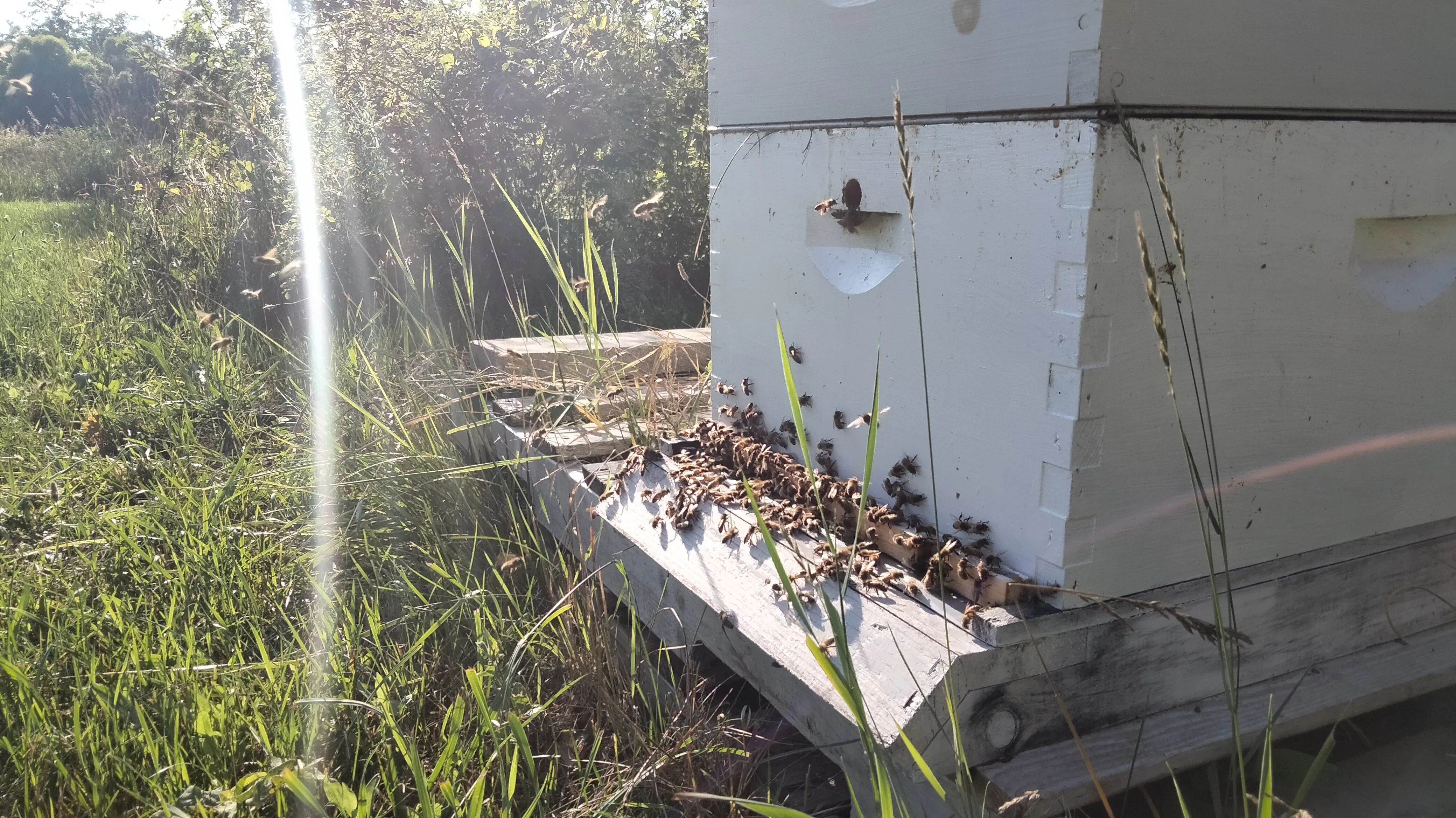We Lost a Queen
Published: 2023-07-09 3:20 PM
Category: Beekeeping | Tags: bees, honey bees, problem, methods, hobby, homestead
I've been much more on top of my beekeeping chores this year than I was last year. This year's colonies are three wild swarms caught in the area (one from a friend who ran out of room, and two from my own property) and that generally means slower growth as they re-establish themselves in a new location.
Of the three, two were doing great. The brood patterns have been strong and the bees are foraging like mad. One even has two honey boxes on top because they were working so well after I put them into their permanent box. The third colony was a little slower than the others...they had a ton of nectar and pollen stored, but I wasn't seeing much brood.
Sometimes, when a swarm is relocated, the queen can be slow to start laying, so I didn't worry too much. This week, though, there was definitely serious trouble.
Queens lay fertilized eggs, which become female workers. Unfertilized eggs become male drones who are only around to mate with queens. They're big, fat, and don't contribute to the health of the hive. Dones are around to help diversify genes and not much else. There are always some drones around, but when I opened the hive this week, all I saw were drone cells, which is not a good sign.
Either I had a virgin queen who failed to mate (no fertilized eggs) or I had lost the queen somehow and the hive failed to raise a new one. In that situation, the last-ditch survival instinct of the colony is to have workers lay eggs. The problem is that these eggs are unfertilized, so all they produce is drones. A colony in this state will not survive.
The University of Guelph in Ontario, Canada, has a fantastic honey bee research center which produces videos on just about everything you would ever want to know. Sure enough, they have a video on how to handle laying worker hives.
I went to work and combined the dying colony with the second hive. It wasn't as close to the original location, so there was a little bit of a traffic jam as forages came back, so I threw an entrance reducer in place to help that colony manage the influx of bees.

Now that the dying colony has been united with a queenright colony, the pheremones of the living queen and her brood should shut down the laying workers and all should go back to normal. I'm in southwest Michigan, so I won't split them back out this year - they'll go into winter as a double brood setup, but I'll be able to do a split when the spring comes around and be ready to go next season.

Comments